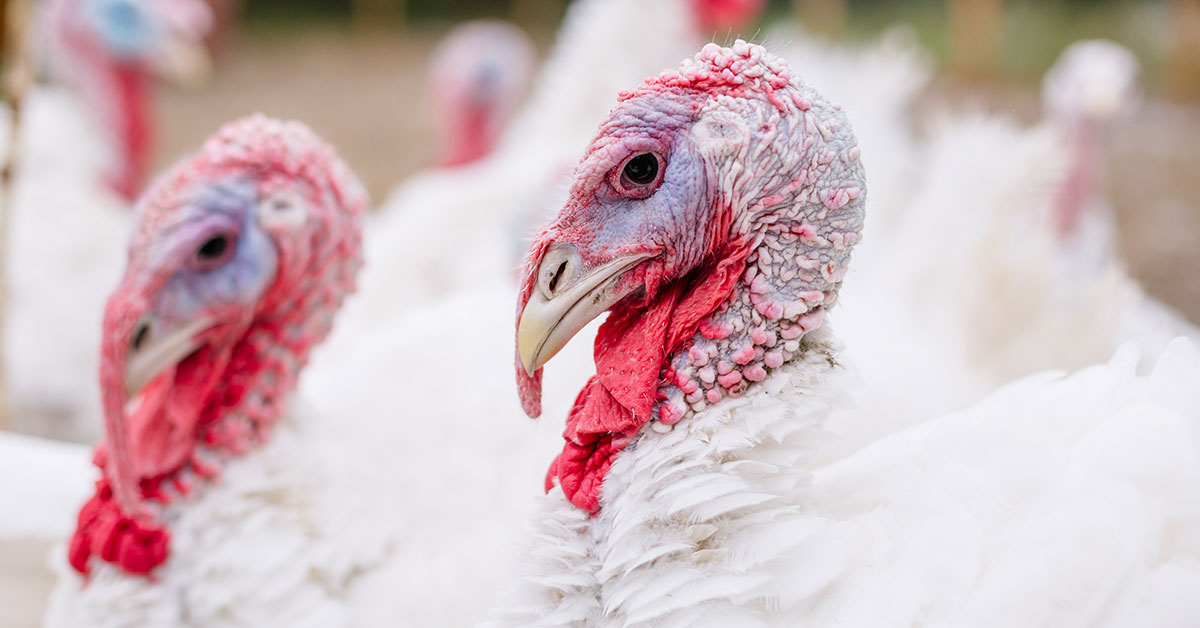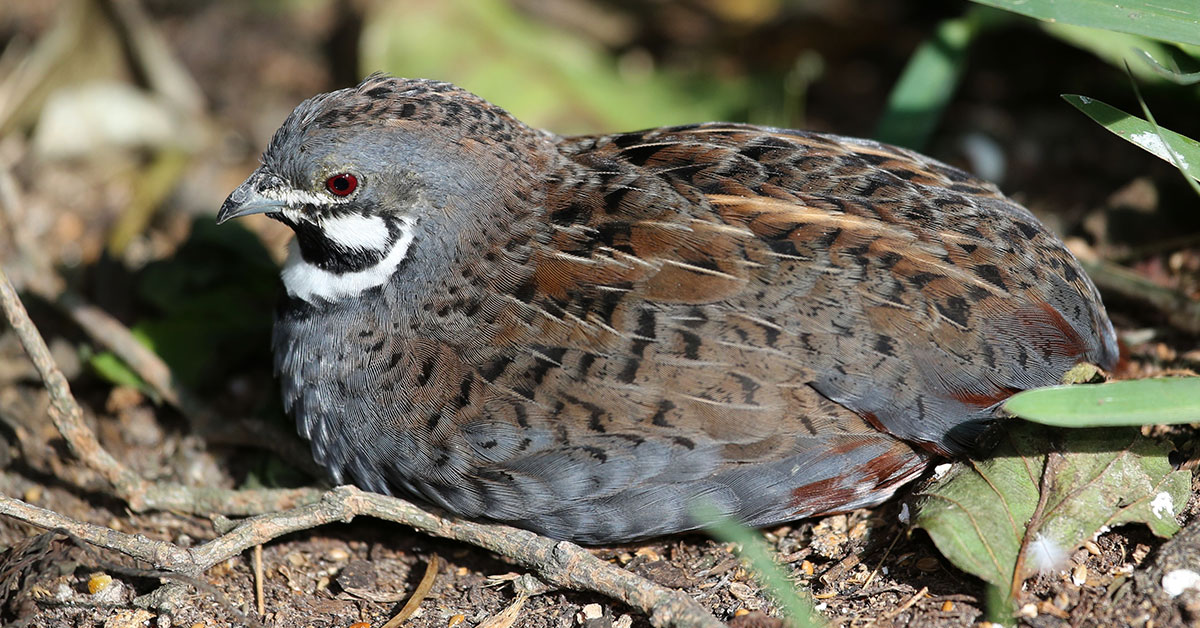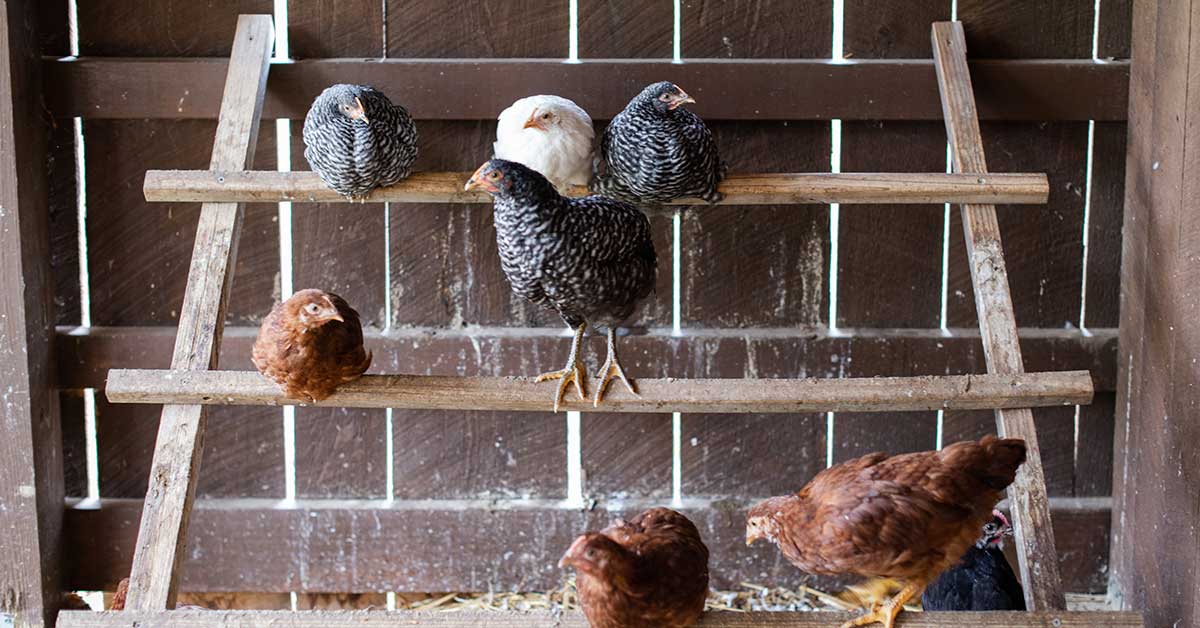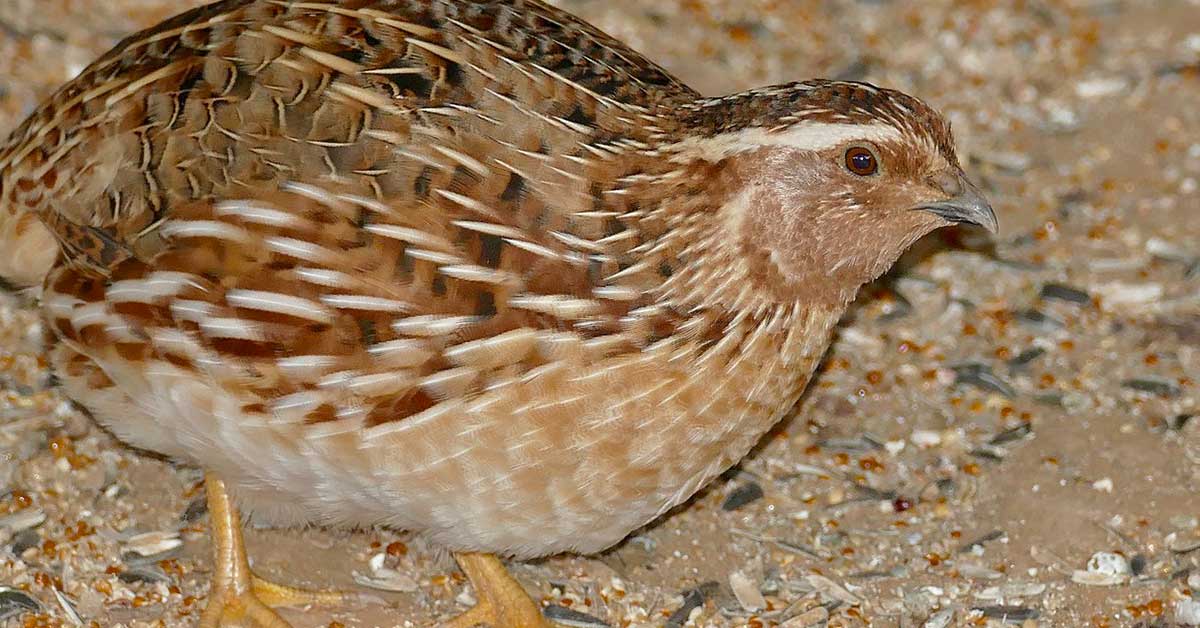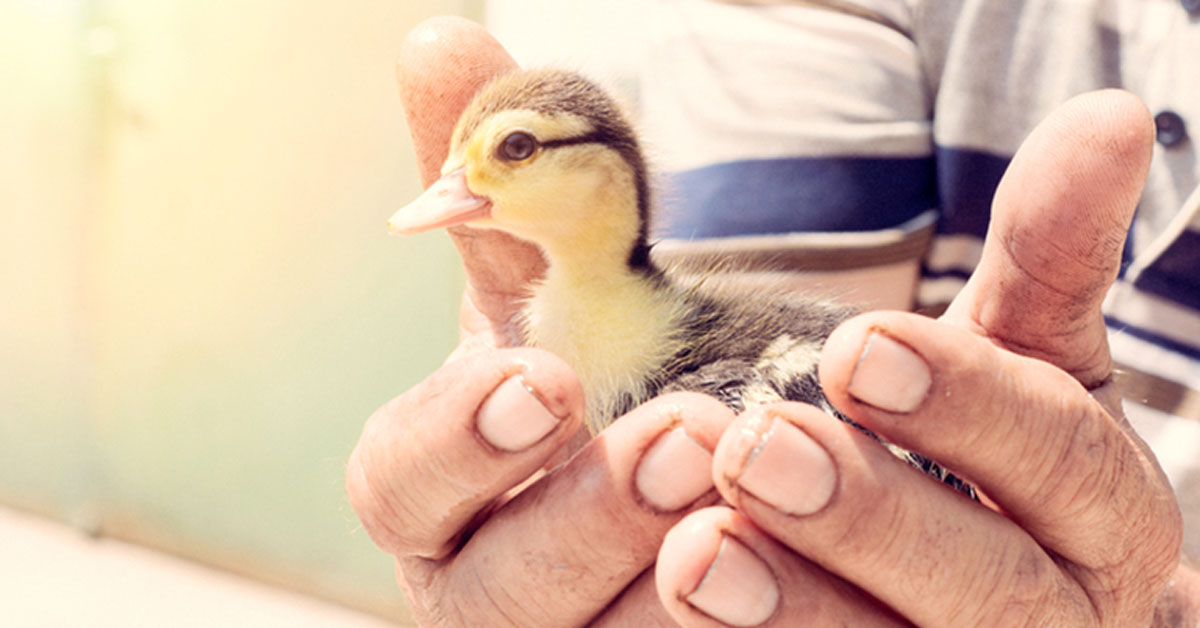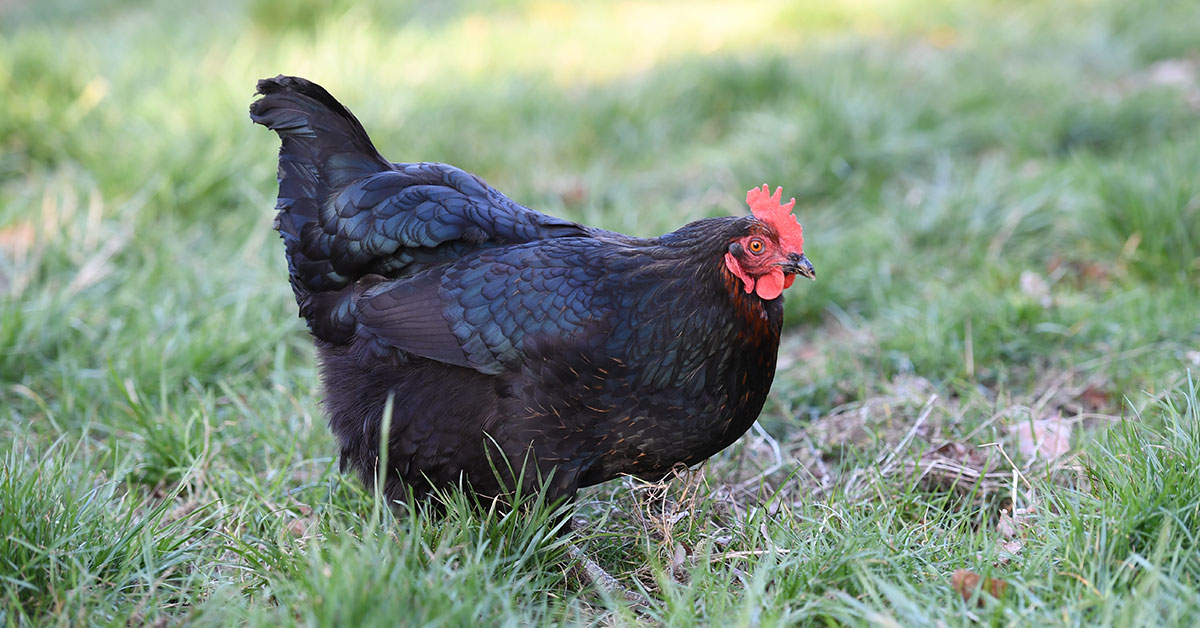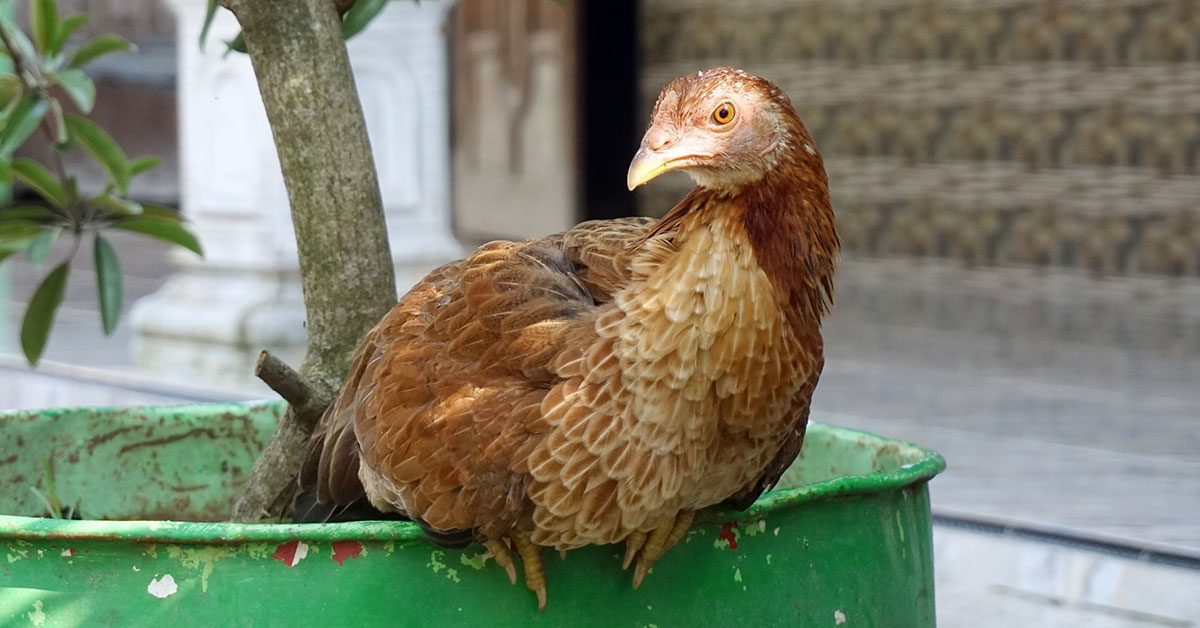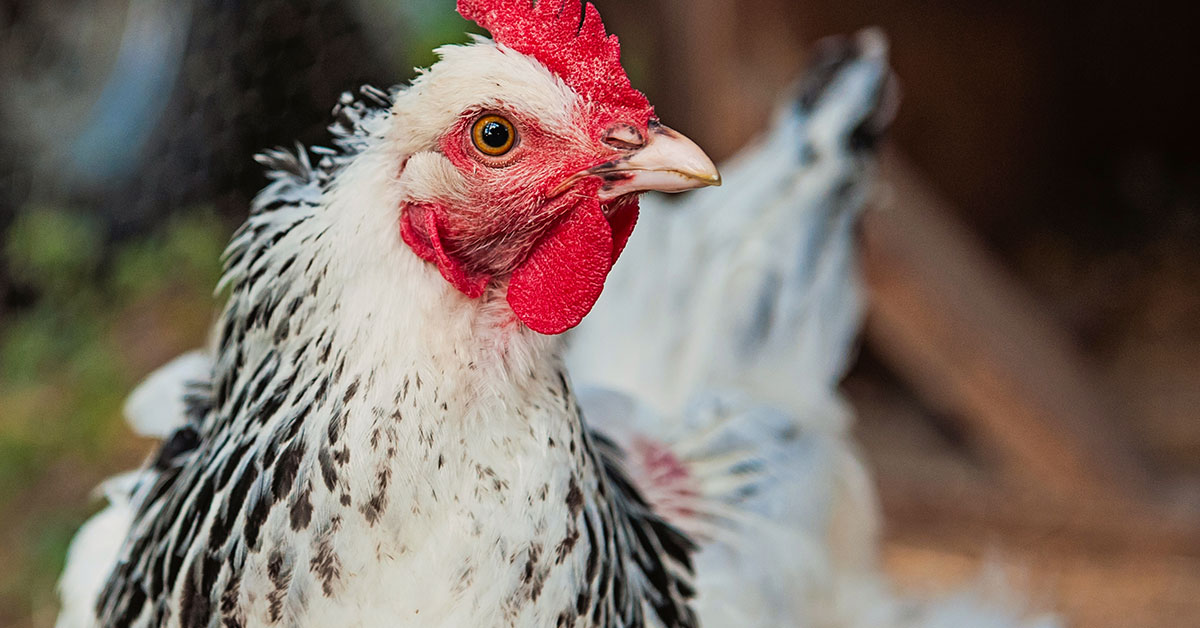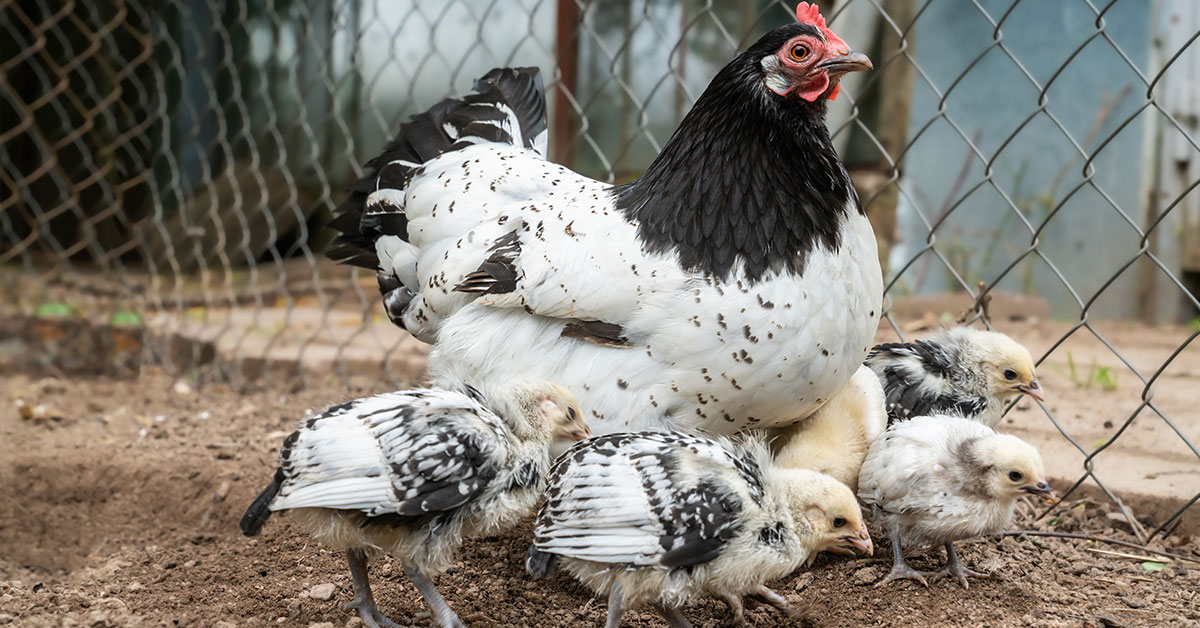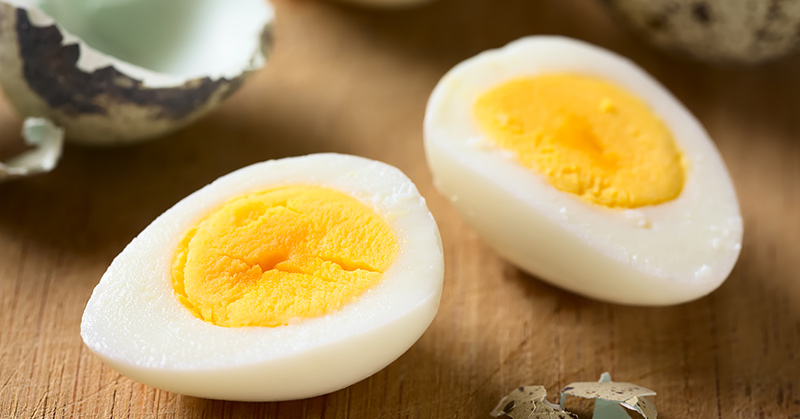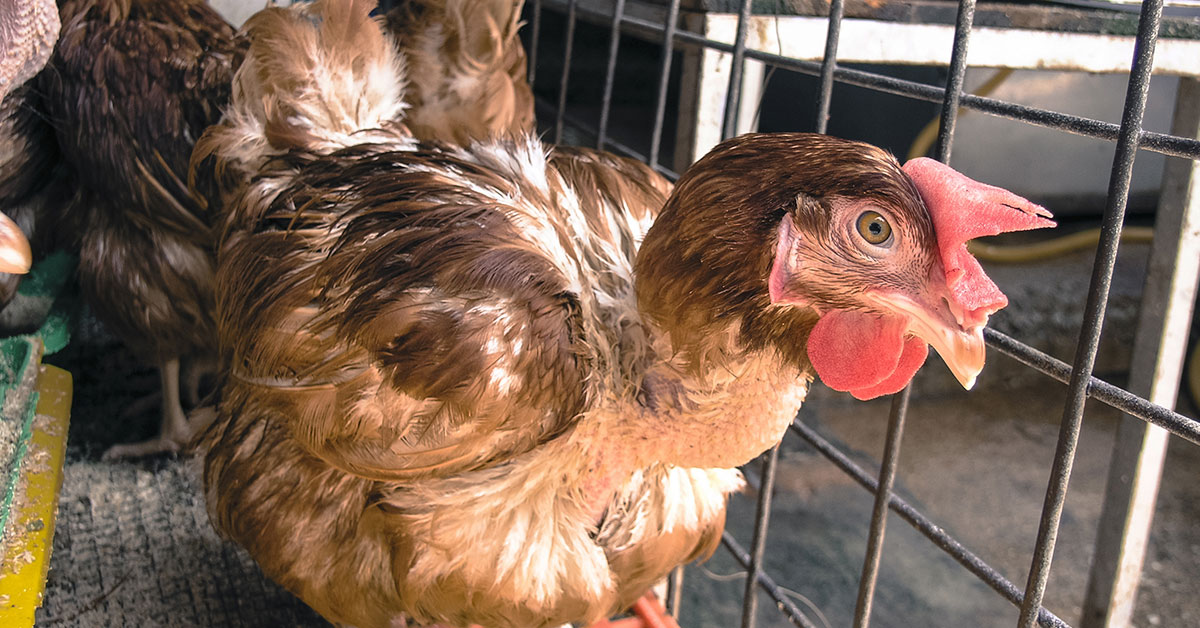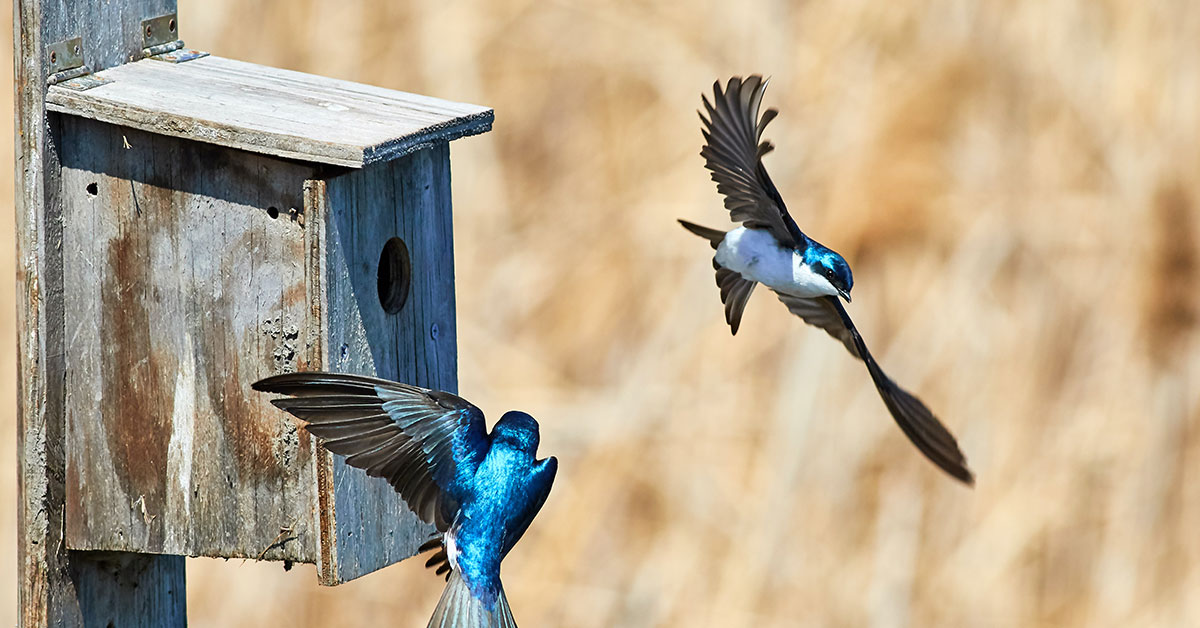Turkeys are an integral part of American culture, particularly during the Thanksgiving holiday, and it’s the Broad Breasted White Turkey that makes it all possible. The Broad Breasted White turkey is a popular breed in the United States, known for its large size, meat quality, and docile temperament. In this article, we will explore the history, appearance, temperament, egg-laying capability, purpose, and care of the Broad Breasted White turkey.
Appearance and Temperament
The Broad Breasted White turkey is a large bird, with a broad breast, plump body, and broad back. Its feathers are white, and its head is pinkish-white, with a red wattle and snood. They have a broad, flat beak and dark eyes. They have large wings and powerful legs that allow them to walk, fly short distances, and forage for food.
The Broad Breasted White turkey is known for its docile and friendly temperament. They are social birds and enjoy being around humans and other turkeys. They are curious, intelligent, and can be quite affectionate with their caretakers. This makes them a challenging breed to raise for meat for some backyard farmers!
Breed Origin
The Broad Breasted White turkey was first bred in the United States in the early 20th century. It was created by crossbreeding several turkey breeds, including the White Holland, Broad Breasted Bronze, and Bourbon Red. The goal was to create a turkey that was meatier and more efficient at converting feed to meat than the existing breeds. The Broad Breasted White turkey quickly became popular among commercial turkey farmers and backyard breeders due to its large size and fast growth rate.
Breed Purpose
While the Broad Breasted White turkey is primarily bred for meat, they can lay eggs, though not as many as other turkey breeds. They typically lay between 40-80 eggs per year, with an average weight of 80-90 grams per egg. The eggs are light brown and have a unique shape that distinguishes them from chicken eggs.
The primary purpose of the Broad Breasted White turkey is meat production. They are known for their large size, meat quality, and fast growth rate. They can reach a weight of 25-30 pounds within five months, making them an ideal choice for commercial turkey farming. Their large size and tender meat make them a popular choice for Thanksgiving and other holiday meals.
When to process Broad Breasted White Turkeys
The age at which to butcher Broad Breasted White turkeys can vary based on the desired weight and size of the bird. However, generally, turkeys are typically ready for butchering at around 14-20 weeks of age, depending on the desired weight.
Broad Breasted White turkeys grow quickly, and they can reach their maximum weight in as little as four months. It’s important not to wait too long to butcher them, as they can become too heavy and have health issues, such as leg problems or heart failure.
To determine the best time to butcher your Broad Breasted White turkeys, consider their weight and age. You can weigh your turkeys regularly to track their growth rate and ensure they reach the desired weight before butchering. You may also want to consult with a veterinarian or an experienced farmer to get more specific advice on when to butcher your birds.
Overall, it’s essential to consider the well-being and health of your turkeys when deciding on the best time to butcher them. Ensure they have proper nutrition, space, and care to grow and reach their full potential before processing them for meat.
How To Care For Broad Breasted White Turkeys
If you’re considering raising Broad Breasted White turkeys, there are a few things you need to know to care for them properly. First, they require adequate space to move around and forage for food. You should provide at least four square feet of space per turkey. They also need shelter from the elements and predators. A sturdy coop with a roof and walls is essential. Some guidelines to follow:
- Space: Turkeys require ample space to move around and spread their wings. Each bird should have at least 4-5 square feet of floor space. If you’re raising turkeys for meat, they will require more space.
- Protection: The housing should be predator-proof, with sturdy walls and a secure door that can be locked at night. Turkeys are vulnerable to attacks from predators like foxes, raccoons, and dogs.
- Roosting: Turkeys like to perch at night, so you should provide roosting poles or platforms. These should be at least 1-2 feet off the ground and sturdy enough to support the weight of the birds.
- Ventilation: The housing should be well-ventilated to prevent the buildup of moisture and ammonia. Proper ventilation will also help regulate the temperature inside the housing.
- Bedding: Provide plenty of clean, dry bedding for the turkeys to nest in. This can be straw, wood shavings, or other types of bedding material.
- Feeding and watering: Turkeys require access to clean water and a balanced diet. Make sure to provide them with fresh water and food daily.
Broad Breasted White turkeys require a diet that is high in protein to support their fast growth rate. A commercial turkey feed that contains at least 20% protein is recommended. You can supplement their diet with fresh greens, fruits, and vegetables.
Finally, regular health checks are essential to ensure that your turkeys are healthy and free from disease. You should also provide clean water and keep their living area clean to prevent the spread of disease.
